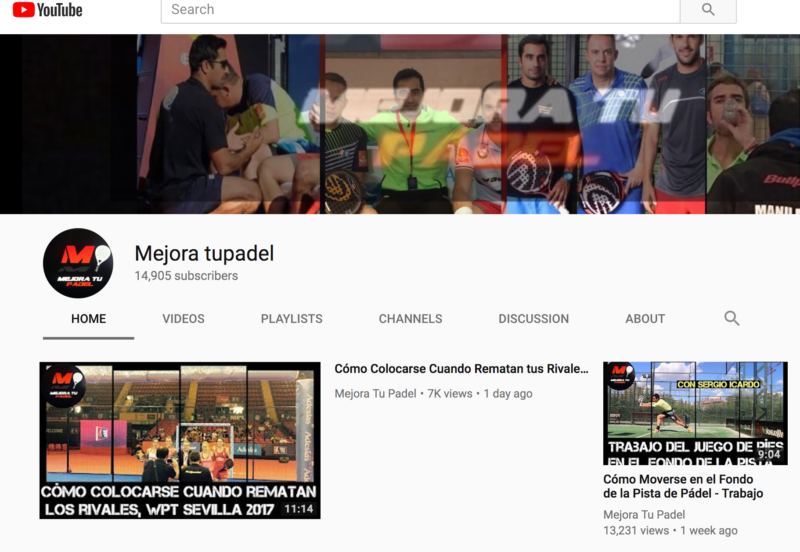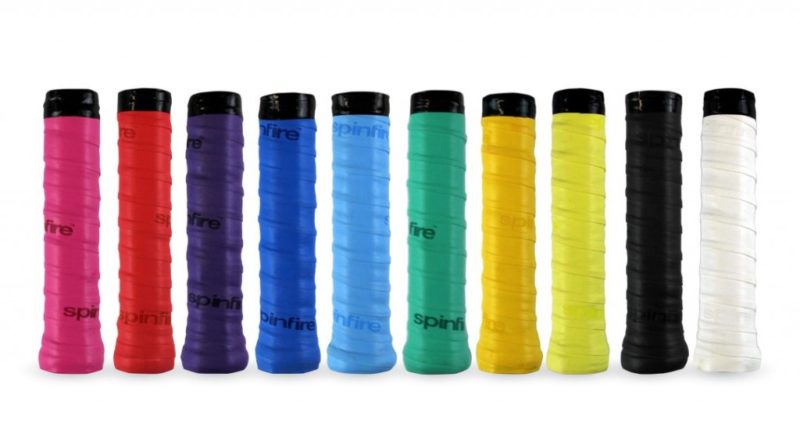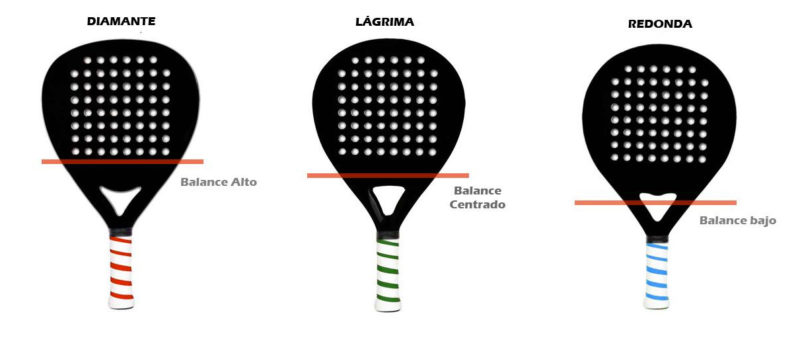
So you’re enjoying your new favorite sport of padel (paddle) and you want to buy the ideal racket for your style of play and level? This post will explain all the factors that go into this decision.
There are three racket head shapes that we need to consider:
- Round
- Diamond
- Tear drop
- Oversize
Round Padel Rackets
Round rackets are ideal for beginners. They have a medium/low weight balance which makes them handle very comfortably. They also tend to have an amplified sweet spot, and are thus quite forgiving if you don’t hit the ball with exactly the center of the racket (which you should nonetheless always aim to do).
They are rackets that are also ideal for defensive players whose major strength is ball placement. They provide excellent control, and their major downside is lack of power for smashes.
Tear Drop Padel Rackets
These are the most popular type of rackets as they are ideal for intermediate players. They provide a great mix of power and control and can thus help you hit excellent shots with a large variety of effects.
They are very versatile rackets that adapt to all styles of play, climatic conditions and match situations. It is a mix between diamond and round and has a weight distribution that is very even and shifted towards the center of the racket, which gives it the feeling of being very balanced and adaptable to different situations.
Diamond Padel Rackets
These are the favored shape of many professional players. They have a top balance, which means that most of the weight is distributed away from the grip and towards the top part of the racket. This gives the racket lots of power but on the other hand makes it much harder to control. The sweet spot of the racket is also minimal. Hence this type of racket is only recommended to those who have really mastered all the repertoire of padel shots and can consistently hit the ball with significant power and always with the very center of the racket. It is ideal for attack-minded players, especially those playing on the left side.
If you are switching to a diamond-shaped padel racket from another type of racket, it is best to go for a racket that weighs a bit less than what you are used to, in order to compensate for the fact that the balance on these rackets is skewed towards the top.
Oversized Padel Rackets
The oversized mould is used to create a racket with a larger surface area. The increased size can enhance the power and provide a larger sweet spot, which could be beneficial for beginners or those with less accuracy. However, the larger size also means the racket will be heavier, which could impact maneuverability.
Racket Grip
Padel rackets come with varying grip lengths and thickness. You can also add more overgrips if you want to make the grip bigger. It’s important to change the overgrip regularly because as your hands sweat your grip will quickly deteriorate and you’ll end up having lots of racket movement when you hit the ball, especially if you don’t hit the ball with the sweet spot of the racket’s head.
Racket Weight
Racket weight is very subjective, you will need to try several rackets and see which weight you like best. If you’re a bigger and stronger player, as a general rule you will want to go for a heavier racket.
The general guidelines are the following:
| Gender | Body Weight | Racket Weight |
|---|---|---|
| Male | Below 70 kg | 360-370 grams |
| Male | 70-80 kg | 370-380 grams |
| Male | Above 80 kg | 380-390 grams |
| Female | Below 60 kg | 340-360 grams |
| Female | 60-70 kg | 360-370 grams |
| Female | Above 70 kg | 370-380 grams |
For a junior player you can use a weight between 240g and 280g.
How the weight is distributed is also very important, and can totally change the maneuverability and balance between control and power. The best way to judge maneuverability is to try out a racket and see which style fits you best. From my experience, it’s easiest to judge how agile a racket is up close to the net doing volleys. The more agile rackets will give you a feeling of speed when preparing for a volley, while the less agile ones will feel a bit more cumbersome.
Racket Frame
Padel racket frames are usually made out of fibreglass or carbon. Fiberglass is cheaper to produce and you will find it used on the lower-end models. Kevlar is also used on some high end rackets together with carbon.
The thickness of the racket is usually between 36 and 38m, with the latter being the maximum thickness allowed under today’s regulations.
Core Material
Soft foam (Polyethylene) will help you feel every shot and you won’t need lots of power to hit speedy shots. Since you have slightly more time in contact with the ball, you can apply effects easier. The downside is that since the foam is very springy you will have less power in smashes.
On a racket’s packaging or marketing materials, you might find “salida de bola” or “ball output” mentioned. This refers to the springiness of the material. If you have a racket with high “salida de bola” it means that the ball will bounce off the racket very actively. This is ideal for beginners and perhaps older players as they don’t have a lot of strength and arm/body technique to move the ball around with control and speed, so it makes it easier for them to bounce the ball of the racket and get it to the other side, especially from a devensive position further back in the court.
EVA rubber is hard and less flexible. It is more difficult to play with especially in winter when the balls are heavier. However in high speed matches rackets with EVA cores are ideal. There are players who play with hard foam in summer and soft foam in winter. EVA cores are more durable than Polyethylene ones.
Lately, some manufacturers have developed a third type of core (Polyethylene) which combines both EVA and FOAM. This hybrid, is a soft rubber with much longer durability made of a core FOAM surrounded by an exterior EVA rubber.
It can be hard to distinguish what foam is used in a racket just by looking at it, but the sound they make on impact is significantly different.
Attacking vs Defensive Rackets
One of the most important factors to consider when buying a racket is whether you are an attacking or defensive player. Usually attacking players play on the left and the defensive ones play on the right. As a player focused on attacking play, you will fare better with an aggressive racket that emphasizes power over control. The reverse applies if you are a defensive player.
Racket Balance
The balance of a padel racket is an important characteristic that affects its behavior in play. It refers to the distribution of weight in the racket, which can be towards the head (top-heavy), towards the handle (bottom-heavy), or evenly distributed (neutral). Here’s how you can find out the balance of a padel racket:
Method 1: The Ruler Method
- Get a flat ruler long enough to support the entire length of your racket. Ensure it has a groove in the middle or is slim enough for the racket to rest on its edge.
- Lay the ruler on a flat surface and carefully balance the padel racket on it, placing the handle on one end and the head on the other. Ensure the edge of the racket is resting on the ruler.
- Slowly slide the racket along the ruler until you find the point at which it balances perfectly without leaning towards the head or the handle. This balance point is also known as the fulcrum.
- The position of this point along the length of the racket can indicate the balance. If it’s closer to the head, the racket is top-heavy and is more suited for power shots. If it’s closer to the handle, the racket is bottom-heavy and offers better control. If it’s in the middle, the racket has a neutral balance and offers a balanced mix of control and power.
Method 2: The Swing Test
- Hold the racket by the handle using your usual grip.
- Swing the racket as if you were playing a forehand shot, paying close attention to how it feels.
- If it feels like the head of the racket is pulling your swing forward, then the racket is top-heavy. If the head seems to lag behind, then it’s bottom-heavy. If it feels balanced throughout the swing, the racket has a neutral balance.
The three ranges are the following:
- High – more than 27cm
- Medium – between 26 and 27cm
- Low – lower than 26cm
Price
Price is not the main factor when choosing the best padel racket. You should always find a shop that allows you to try several rackets without any pressure before you take a decision. Try as many variations (shape, brand, foam type) as possible so that you find the one that most fits your liking. Even the sound of the racket when hitting the ball can be an important factor when choosing a racket.
Remember to test several rackets before making a buying decision, it’s the best way to find the perfect fit for you.
If you have any questions leave a comment below.
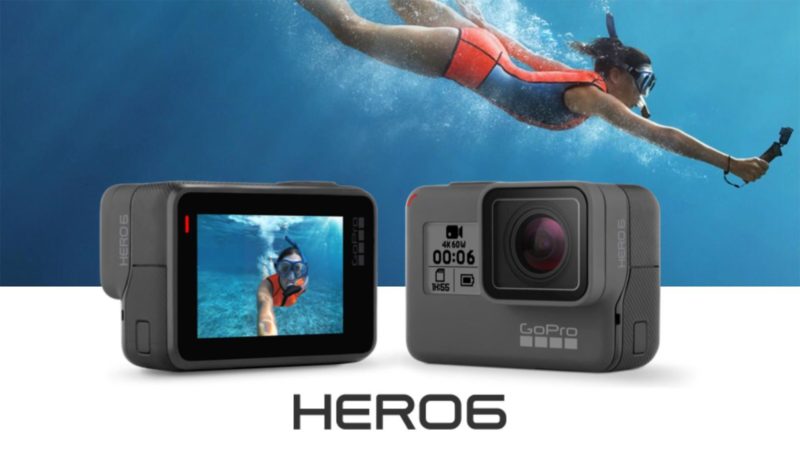
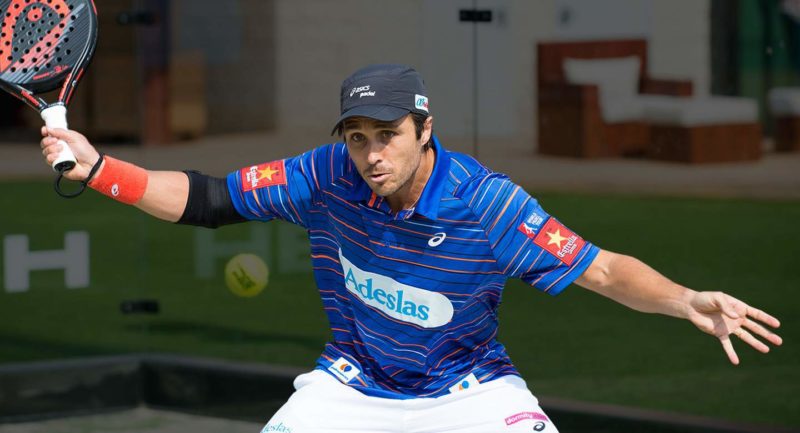 Ever wondered how a padel professional splits his day? There is no one better to follow than the world champion for 14 years, Fernando Belasteguin.
Ever wondered how a padel professional splits his day? There is no one better to follow than the world champion for 14 years, Fernando Belasteguin.